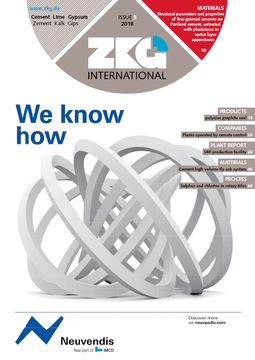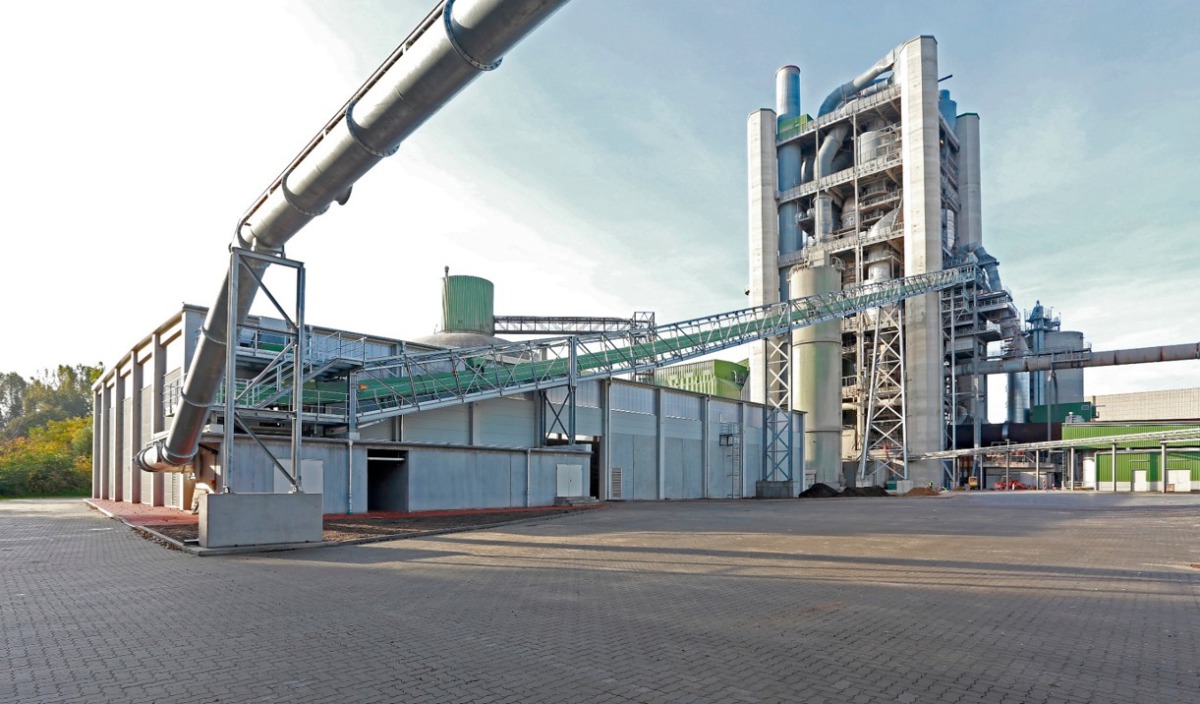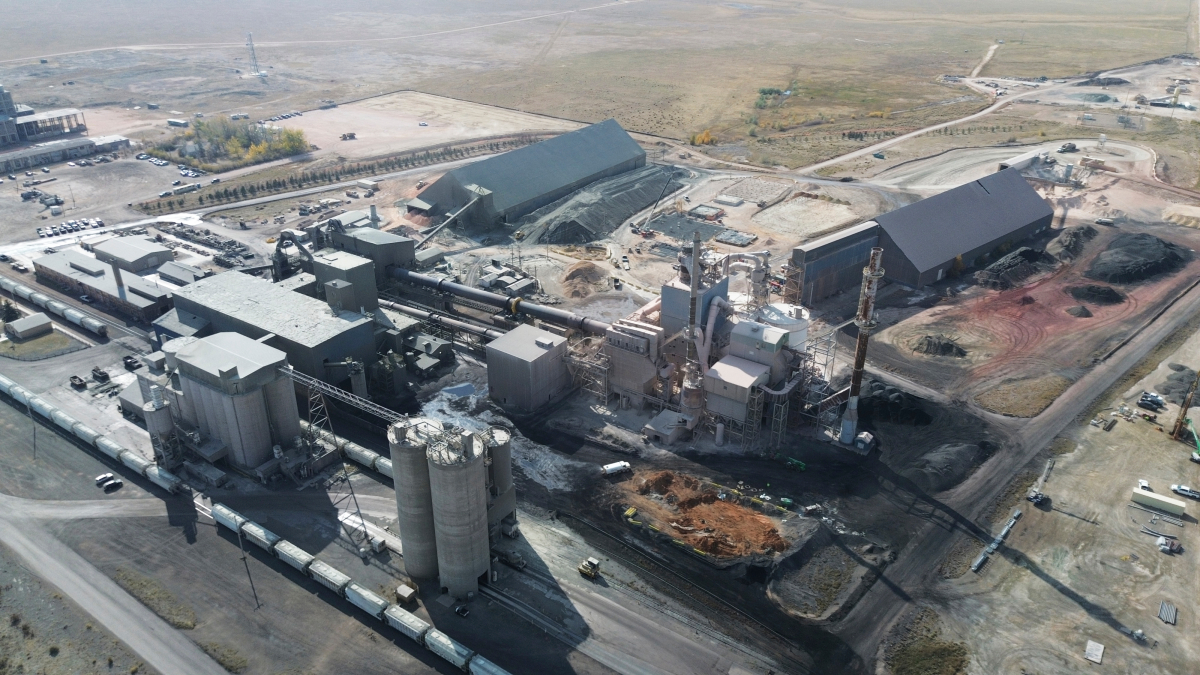polysius graphite seal: Sealing every rotary kiln effectively and economically
Sealing off a rotary kiln process from false or inleaked air is vital to maximizing process reliability and availability. Although standard sealing solutions are pre-installed in most kiln systems, maintenance work and the replacement of worn-out parts are expensive operations. This is why cement plant operators approached thyssenkrupp to request a simpler and less expensive sealing concept. The result is the polysius graphite seal: an effective, economical and easy-to-install solution for retrofitting to any make of rotary kiln – with no modifications needed at the inlet or outlet.
Air problem
An effective sealing solution must seal off the kiln process from false or inleaked air. False air at the kiln inlet has a negative effect on the chemical process. Inleaked air at the kiln outlet increases the energy required for the clinkering zone burner. The polysius graphite seal puts an end to these problems.
Functional efficiency
The polysius graphite seal serves as the sealing link between the kiln’s rotating and non-rotating components. Graphite blocks distributed around the circumference of the kiln provide a seal against rotational and axial movement. When the kiln moves axially, the graphite blocks slide on the slide ring. When the kiln moves radially or wobbles, tensioning ropes fitted with counterweights press the graphite blocks onto the slide ring. An air-cooled sealing casing minimizes thermal effects on the graphite blocks. The fastening system on the inlet and outlet sides of the kiln compensates for age-related wear – irrespective of the make of kiln.
Operational benefits
The polysius graphite seal brings clear operational benefits. By preventing cool false air (ambient temperature) reaching the hot process gas (ca. 1300 °C.), it improves the stability of the clinker production process by ensuring a more constant temperature inside the kiln. At the same time, minimizing the amount of false air entering the kiln results in energy savings of an operationally significant magnitude. The amount of energy required per kg of clinker is greatly reduced. The less energy is consumed, the lower the CO2 emissions. A key benefit of the polysius graphite seal – and the reason why it was developed in the first place – is that it makes maintenance simpler and cheaper. With the additional cost-saving benefits of ease of installation, short assembly time (just 10–12 days) and high kiln availability, plant operators can look forward to a rapid return on investment from the polysius graphite seal.
//www.thyssenkrupp-industrial-solutions.com" target="_blank" >www.thyssenkrupp-industrial-solutions.com:www.thyssenkrupp-industrial-solutions.com






